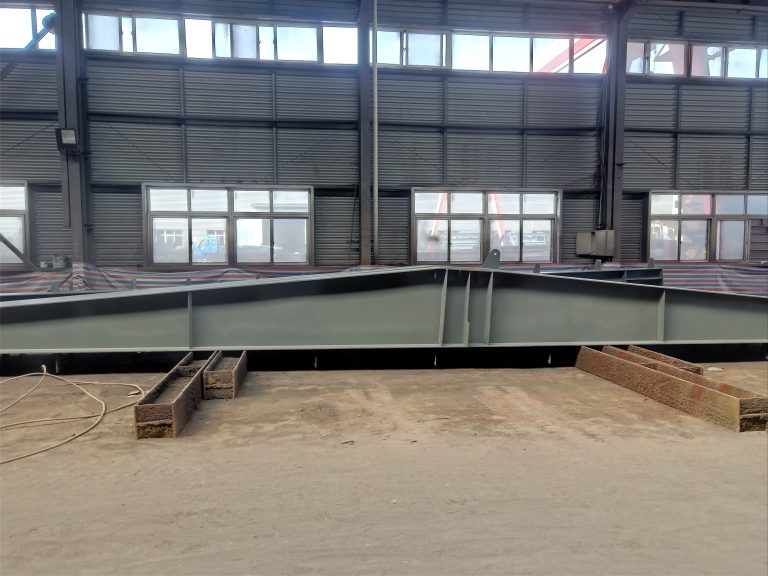Table of Contents
Benefits of Using Foam Sound Insulation for High Temperature Environments
Foam sound insulation is a popular choice for reducing noise in various environments, but how does it perform in high-temperature settings? This article will explore the benefits of using foam sound insulation in high-temperature environments and how it can effectively reduce noise even in extreme heat.
One of the key advantages of foam sound insulation in high-temperature environments is its ability to withstand heat without compromising its soundproofing properties. Unlike other types of insulation materials that may degrade or lose effectiveness at high temperatures, foam sound insulation is designed to maintain its performance even in extreme heat. This makes it an ideal choice for applications where noise reduction is needed in hot environments, such as industrial settings or mechanical rooms.
In addition to its heat resistance, foam sound insulation also offers excellent soundproofing capabilities in high-temperature environments. The dense, porous structure of foam materials helps to absorb sound waves and reduce noise levels, making it an effective solution for controlling noise in hot environments. Whether it’s reducing the noise from machinery or equipment in a factory or minimizing sound transmission in a commercial building, foam sound insulation can provide the acoustic performance needed in high-temperature settings.
Furthermore, foam sound insulation is lightweight and easy to install, making it a practical choice for high-temperature environments where other types of insulation may be difficult to work with. Its flexibility and versatility allow for easy customization to fit specific spaces and applications, ensuring a seamless installation process and optimal noise reduction results. This makes foam sound insulation a cost-effective solution for noise control in hot environments, as it requires minimal maintenance and provides long-lasting performance.
Another benefit of using foam sound insulation in high-temperature environments is its fire resistance properties. Foam materials are often treated with fire-retardant additives to enhance their resistance to flames and high temperatures, making them a safe and reliable choice for applications where fire safety is a concern. This added protection ensures that foam sound insulation can effectively reduce noise while also meeting stringent safety standards in hot environments.

Overall, foam sound insulation offers a range of benefits for reducing noise in high-temperature environments. Its heat resistance, soundproofing capabilities, ease of installation, and fire resistance properties make it a versatile and reliable solution for controlling noise in hot settings. Whether it’s in industrial facilities, commercial buildings, or mechanical rooms, foam sound insulation can provide the acoustic performance needed to create a quieter and more comfortable environment. By choosing foam sound insulation for high-temperature applications, you can enjoy the benefits of effective noise reduction without compromising on performance or safety.
Tips for Maintaining the Effectiveness of Foam Sound Insulation in High Temperatures
Foam sound insulation is a popular choice for reducing noise levels in various settings, such as homes, offices, and industrial facilities. However, one common concern with foam sound insulation is how it performs at high temperatures. High temperatures can affect the effectiveness of foam sound insulation, leading to potential issues with noise reduction. In this article, we will explore how foam sound insulation performs at high temperatures and provide tips for maintaining its effectiveness in such conditions.
Foam sound insulation is typically made from materials such as polyurethane or polystyrene, which are known for their ability to absorb sound waves and reduce noise levels. These materials are also known for their thermal insulation properties, which can help regulate indoor temperatures and improve energy efficiency. However, when exposed to high temperatures, foam sound insulation can experience changes in its physical properties that may affect its performance.
One of the main concerns with foam sound insulation at high temperatures is its ability to maintain its shape and structure. High temperatures can cause foam insulation to soften, warp, or even melt, which can compromise its ability to absorb sound waves effectively. In addition, high temperatures can also accelerate the breakdown of foam insulation materials, leading to a decrease in their overall lifespan.
To maintain the effectiveness of foam sound insulation in high temperatures, it is important to take certain precautions. One of the most important steps is to ensure that the foam insulation is properly installed and sealed to prevent heat from penetrating into the material. This can help reduce the risk of overheating and potential damage to the insulation.
Another important tip for maintaining the effectiveness of foam sound insulation in high temperatures is to choose the right type of foam material for the specific application. Some foam insulation materials are better suited for high-temperature environments than others, so it is important to select a material that can withstand the heat and maintain its performance over time.
In addition to choosing the right foam material, it is also important to regularly inspect and maintain the foam insulation to ensure that it is functioning properly. This includes checking for any signs of damage, such as warping or discoloration, and addressing any issues promptly to prevent further damage.
Furthermore, it is important to consider the overall environment in which the foam sound insulation is installed. High temperatures can be exacerbated by factors such as poor ventilation, direct sunlight exposure, or proximity to heat sources. By addressing these factors and taking steps to mitigate heat buildup, it is possible to maintain the effectiveness of foam sound insulation in high-temperature environments.
In conclusion, foam sound insulation can be an effective solution for reducing noise levels in various settings. However, it is important to consider how foam insulation performs at high temperatures and take steps to maintain its effectiveness in such conditions. By choosing the right foam material, properly installing and sealing the insulation, and regularly inspecting and maintaining the insulation, it is possible to ensure that foam sound insulation continues to perform well even in high-temperature environments.






